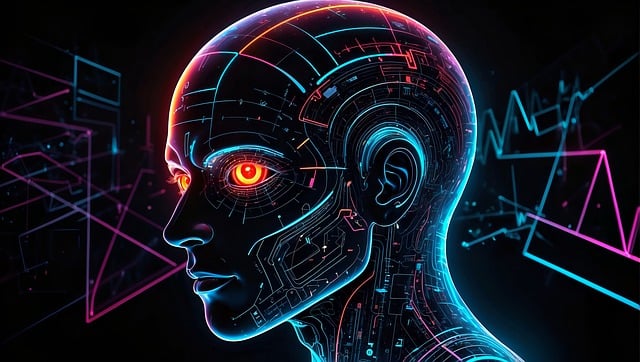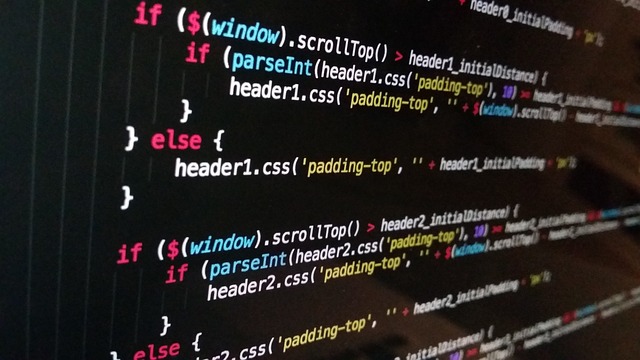Data visualization plays a critical role in transforming complex data into easily digestible insights, enabling businesses and individuals to make informed decisions. AI tools have significantly enhanced this process, making it easier to create interactive, dynamic, and visually appealing data visualizations. In this blog post, we’ll explore the 10 best AI tools for data visualization that are revolutionizing the way we analyze and present data.
10 Best AI Tools for Data Visualization
These AI-powered tools can help you turn raw data into engaging visual representations, making them invaluable for data analysts, marketers, business intelligence professionals, and more.
Tableau
Tableau is one of the most widely recognized AI-driven data visualization tools. It offers an intuitive platform that allows users to create complex graphs, charts, and dashboards from raw data in just a few clicks. Its AI feature, “Ask Data,” enables users to interact with their data using natural language.
Tableau’s visual analytics empower users to identify trends and patterns that may otherwise go unnoticed. It supports integration with multiple data sources, making it versatile for different industries. Its AI-driven insights help businesses identify key metrics and trends without needing extensive coding or technical skills.
Another advantage is Tableau’s large community and extensive resources, which provide additional support and inspiration for creating impactful visualizations.
Microsoft Power BI
Microsoft Power BI is a robust AI-powered data visualization tool that integrates seamlessly with Microsoft products like Excel and Azure. It enables users to build custom dashboards and reports through simple drag-and-drop interfaces, combined with advanced AI capabilities for deeper insights.
The AI functions in Power BI help users automate data analysis, detect anomalies, and even predict future trends. The tool’s integration with other Microsoft services makes it a comprehensive solution for businesses that rely on the Microsoft ecosystem.
In addition to powerful data visualization, Power BI offers real-time data updates, enabling teams to monitor KPIs and performance metrics in real time, driving timely decision-making.
Google Data Studio
Google Data Studio is an AI-powered data visualization tool that enables users to transform data into fully customizable reports and dashboards. Its seamless integration with Google products, like Google Analytics and Google Sheets, makes it a popular choice for businesses using Google’s suite of services.
The tool’s AI capabilities help users create interactive visualizations, and its easy-to-use interface makes it accessible even for beginners. Google Data Studio also allows real-time collaboration, enabling teams to work together on the same report from anywhere.
Furthermore, the tool supports multiple data sources, allowing users to combine data from various platforms to create unified, insightful visualizations.
Qlik Sense
Qlik Sense is a powerful AI-enabled data visualization tool known for its advanced data analytics and self-service capabilities. With its associative engine, Qlik Sense helps users explore data in a non-linear way, uncovering hidden insights and relationships.
The tool’s AI-powered insights, known as Insight Advisor, automatically suggest visualizations based on the data you upload. Users can interact with their data in a conversational way, asking questions and getting visual responses instantly.
Qlik Sense also offers strong collaboration features, enabling teams to share data insights and dashboards effortlessly. This tool is widely used in business intelligence for its ability to deliver actionable insights quickly.
Domo
Domo is a comprehensive AI-powered data visualization platform designed to connect data from multiple sources into a single dashboard. The platform’s AI features help automate data preparation, analysis, and visualization, making it a powerful tool for decision-making.
Its AI-driven insights give users the ability to ask questions and get immediate, understandable answers in visual format. The platform is scalable, supporting small businesses and large enterprises alike.
Domo also provides customizable visualizations, helping businesses present their data in a way that suits their needs while making sure insights are easily accessible to all team members.
Sisense
Sisense is another AI-driven data visualization platform that stands out for its ability to handle large and complex datasets. Its AI and machine learning capabilities allow users to uncover deep insights through interactive dashboards and reports.
With Sisense’s Natural Language Query feature, users can interact with their data by simply asking questions in plain language, making it highly accessible even to non-technical users. Its AI-powered analytics also help detect patterns, trends, and anomalies that might go unnoticed with traditional data exploration methods.
The platform offers extensive customization options, allowing users to create tailored visualizations to match their specific business needs.
Looker
Looker, part of the Google Cloud Platform, is an AI-enabled data visualization tool that provides deep analytical insights through user-friendly dashboards. It integrates with a wide range of data sources, enabling businesses to create real-time reports and visualizations that drive strategic decision-making.
Looker’s AI features help generate insights from large datasets by automatically identifying trends and suggesting visualizations. The platform’s built-in collaboration tools also enable teams to share data insights and reports easily.
Looker is especially useful for businesses that already use Google Cloud products, providing seamless integration and advanced analytical capabilities.
Chartio
Chartio is a cloud-based data visualization tool that integrates AI to help businesses make sense of their data. The platform enables users to build custom charts and dashboards using a drag-and-drop interface, and its AI features offer predictive analytics and automated insights.
With Chartio, users can connect data from multiple sources, analyze it, and visualize it in real-time. Its AI-driven suggestions help users choose the best visual representation of their data, making the process faster and more intuitive.
Chartio is particularly popular among startups and small businesses for its simplicity and efficiency in handling large datasets.
Zoho Analytics
Zoho Analytics is an AI-powered data visualization tool designed to help users create in-depth reports and dashboards from their data. Its AI assistant, Zia, allows users to ask questions and receive visual responses, streamlining the data analysis process.
Zoho Analytics offers a wide range of chart types and customization options, making it suitable for businesses of all sizes. It supports multiple data sources, including cloud-based applications and on-premises databases, enabling businesses to pull data from various platforms.
Additionally, Zoho’s AI capabilities help automate reporting, making data analysis more efficient and accessible to all team members.
IBM Watson Analytics
IBM Watson Analytics is an advanced AI-powered tool designed to help users visualize and analyze complex data with ease. Watson’s natural language processing (NLP) capabilities allow users to ask questions and receive data insights in visual form, making the platform intuitive for non-experts.
The tool also provides predictive analytics, helping users identify future trends and make data-driven decisions. Watson Analytics integrates with a variety of data sources and platforms, offering flexibility for businesses in different industries.
The AI-driven visualizations simplify data interpretation, allowing users to focus on strategic insights rather than manual data manipulation.
Conclusion
AI-powered data visualization tools have transformed the way businesses analyze and interpret their data. From creating dynamic dashboards to generating predictive insights, these tools make data more accessible and understandable for everyone, from technical teams to decision-makers. By leveraging AI, organizations can uncover valuable trends, automate analysis, and create visualizations that drive informed decisions.
Choosing the right AI tool depends on your specific needs, but the tools listed here offer a diverse range of functionalities to help streamline data visualization efforts in any industry.






